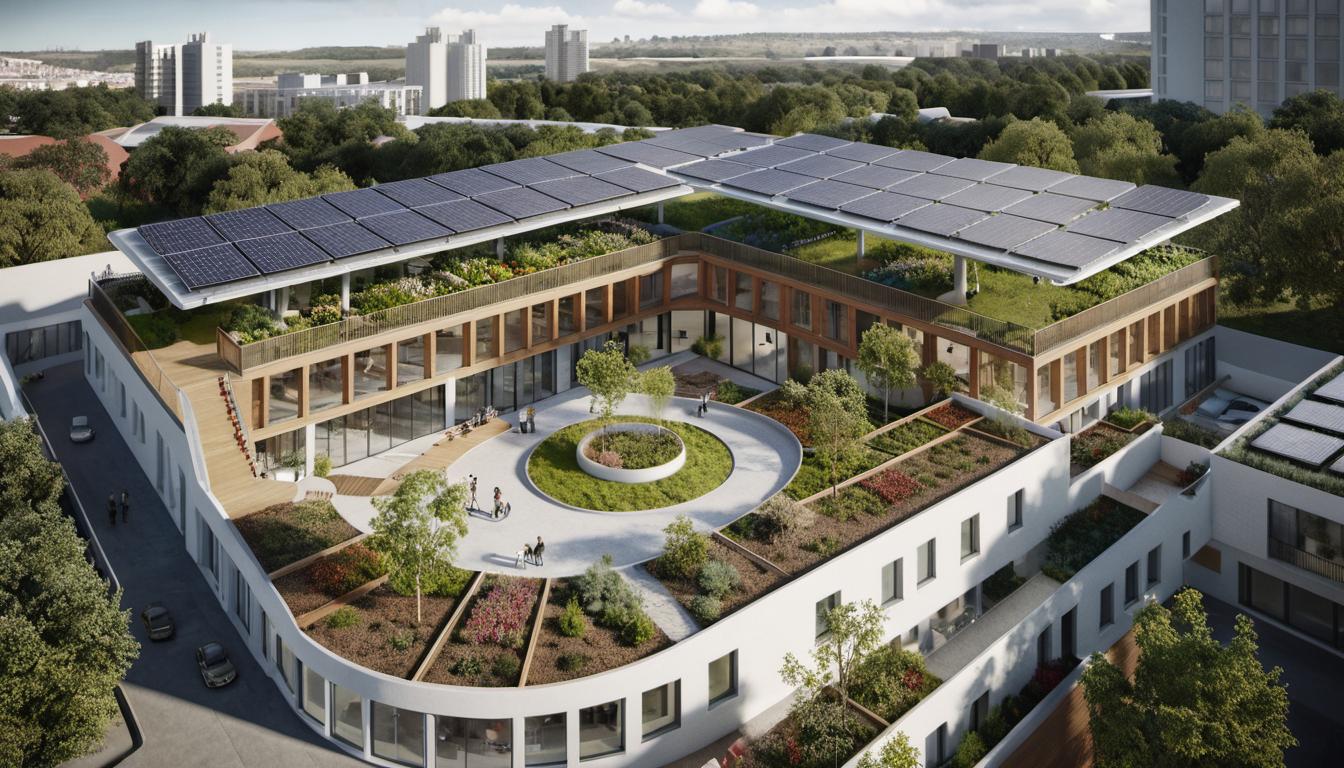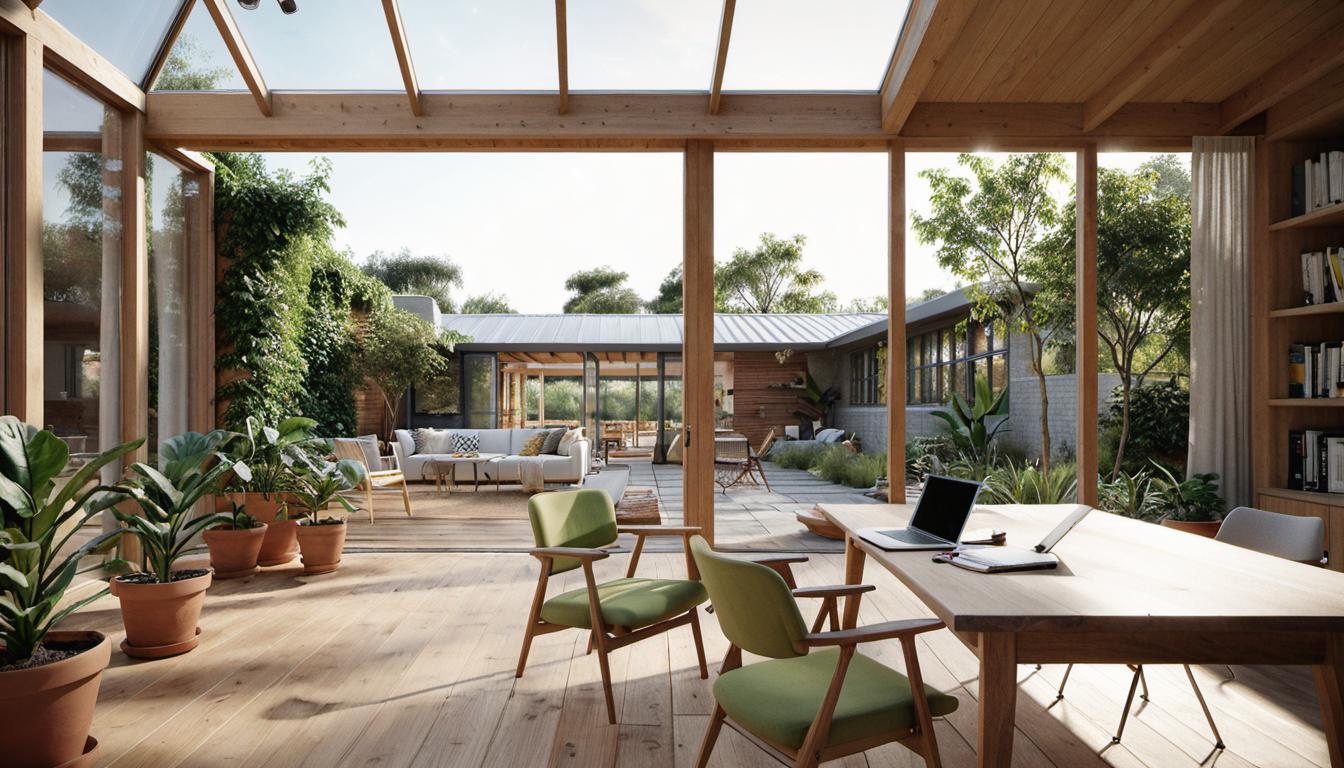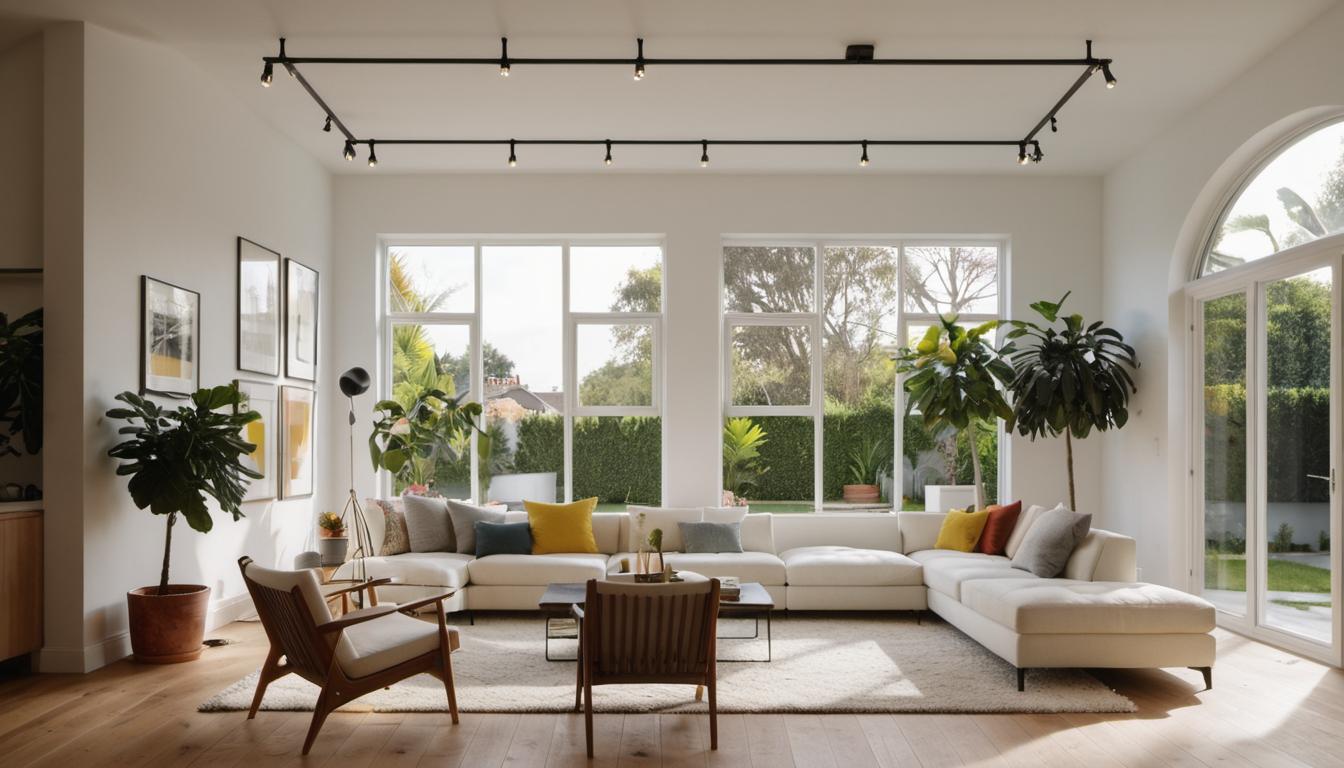Technology’s Role in More Sustainable Architectural Practices
As our planet faces mounting environmental challenges, the importance of sustainable architecture grows steadily. In response, technology is taking the front seat to navigate these pressing issues. This article sheds light on how technology is making a significant impact on sustainable architectural practices.
Technology is not just exclusive to advanced electronic gadgets. It has been progressing hand-in-hand with human development from the early days of simple toolmaking to the present-time steam engine inventions. Today, the construction industry has begun to appreciate technology for improving efficiency and minimizing environmental impacts, such as greenhouse gas emissions and overexploitation of raw materials.
Building Information Modelling (BIM) and Its Impact
Building Information Modelling (BIM) is a revolutionary method that represents the physical and functional attributes of a building in a digital and three-dimensional format. BIM allows professionals across various fields to work collaboratively on an accurate and detailed building model.
This technology improves control of processes and project management. Consequently, it minimizes labor and material waste and reduces errors. Moreover, BIM plays an instrumental role in industrialized, modular, and prefabricated construction. By offering precise representations, it fosters collaboration between stakeholders, resulting in reduced construction time and waste.
Innovative Tech Tools for Energy Efficiency
“Digital Twin” technology is an innovative tool gaining popularity in constructing energy-efficient buildings. A Digital Twin is a real-time updated, AI-driven digital replica of a physical asset. It provides operational data for various systems like electrical, mechanical, hydraulic, and HVAC, thus optimizing energy efficiency.
Further, machine learning algorithms and pre-programmed software sequences can fine-tune climate control systems to specific demands, making them more economical by adjusting airflow and temperature based on varying weather conditions.
Transformative Designs and Sustainability
Parametric design is changing the scope of creative expression in architecture. This design approach uses algorithms to manipulate and generate architectural forms. It enables architects to create complex organic shapes and fine-tune designs for enhanced functionality and sustainability.
On a similar note, sustainable practices, such as green roofs, high-performance glass, and others, are gaining traction for their energy-efficiency and reduced environmental impact.
Modern Technologies in Architectural Visualization
Technologies like Virtual Reality (VR) and Augmented Reality (AR) are revolutionizing architectural visualization. By offering immersive experiences, they enable architects and clients to visualize and interact with designs before actual construction.
Internet of Things (IoT) is at the forefront of smart building construction. These intelligent buildings are capable of self-monitoring, managing and optimizing their systems, reducing operational costs and environmental impact along the way.
Automation, Robotics and Their Effects
Automation technologies, integrated into construction projects, free up time for workers to take on higher-value tasks. At the same time, robotics enhances efficiency, accuracy, and waste reduction. As a result, building systems optimize for energy efficiency, reducing energy consumption and greenhouse gas emissions.
The application of technology in construction aims to achieve sustainability goals by reducing carbon emissions, improving energy efficiency, and reducing waste disposal costs. Machines such as automated bulldozers, excavators or robotic arms for construction projects increase fuel efficiency and lower emissions, resulting in an overall reduction in carbon footprint.
Challenges and Solutions in Tech-Forward Construction
While technology presents formidable advantages, it also brings challenges such as high costs, the need for skilled personnel, and regulatory obstacles. Firms can mitigate these challenges by investing in training staff and hiring experienced professionals.
Despite the initial high costs, the eventual savings and innumerable benefits such as improved efficiency, reduced waste, and increased safety make the transition to technology a worthwhile endeavor. Buildings utilizing sustainable technology can result in long-term cost savings by reducing energy bills and improving durability.
FAQs About Tech in Sustainable Architecture
How does technology aid in improving the sustainability of architecture?
Technology aids in improving the sustainability of architecture by promoting the use of eco-friendly building materials and adopting efficient construction methods. Some of these methodologies include parametric design, BIM, and energy modelling, which can minimize waste and optimize resource use.
What role does Building Information Modeling (BIM) play in architectural planning and design?
BIM plays a crucial role in architectural planning and design. It provides a detailed and accurate digital representation of a building’s physical and functional characteristics, promoting greater project control and reducing waste of labor and materials.
How does the construction industry benefit from automation and robotics?
Automation and robotics reduce the time spent on routine tasks, providing workers with more time for higher-value tasks. Additionally, they enhance efficiency, accuracy and foster waste reduction while optimizing building systems for energy efficiency.
What are some notable tech advancements reshaping the architecture industry?
Numerous technological advancements are reshaping the architecture industry. These include Building Information Modelling (BIM), Augmented Reality (AR), Virtual Reality (VR), Automation, Robotics, Parametric design, and IoT.
What challenges might be faced when implementing sustainable technologies in architectural projects?
The implementation of sustainable technologies in construction projects may pose challenges such as high costs, the need for skilled personnel, and regulatory obstacles. However, these can be overcome with proper planning, workforce training, and leveraging the experience of professionals seasoned in these technologies.






